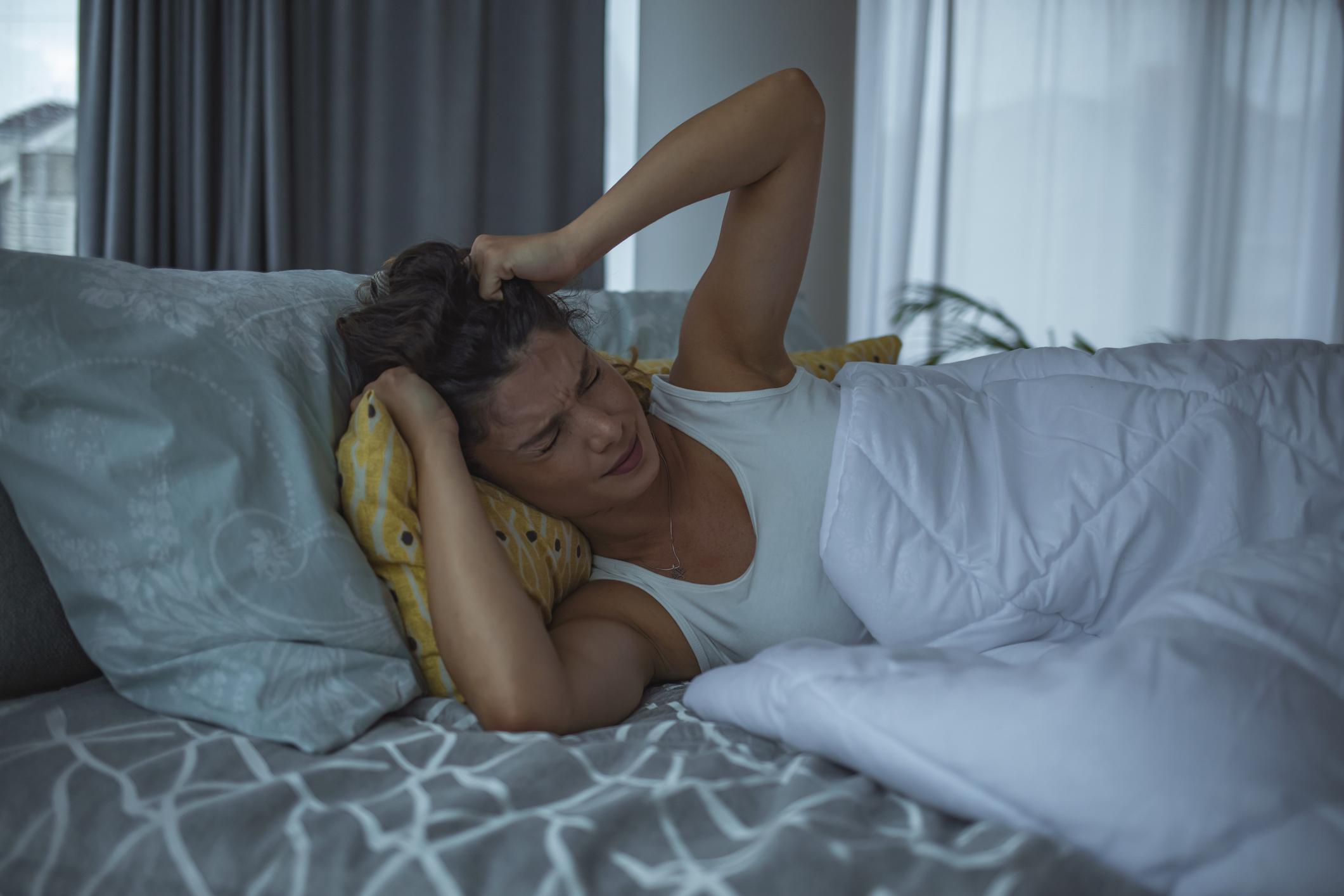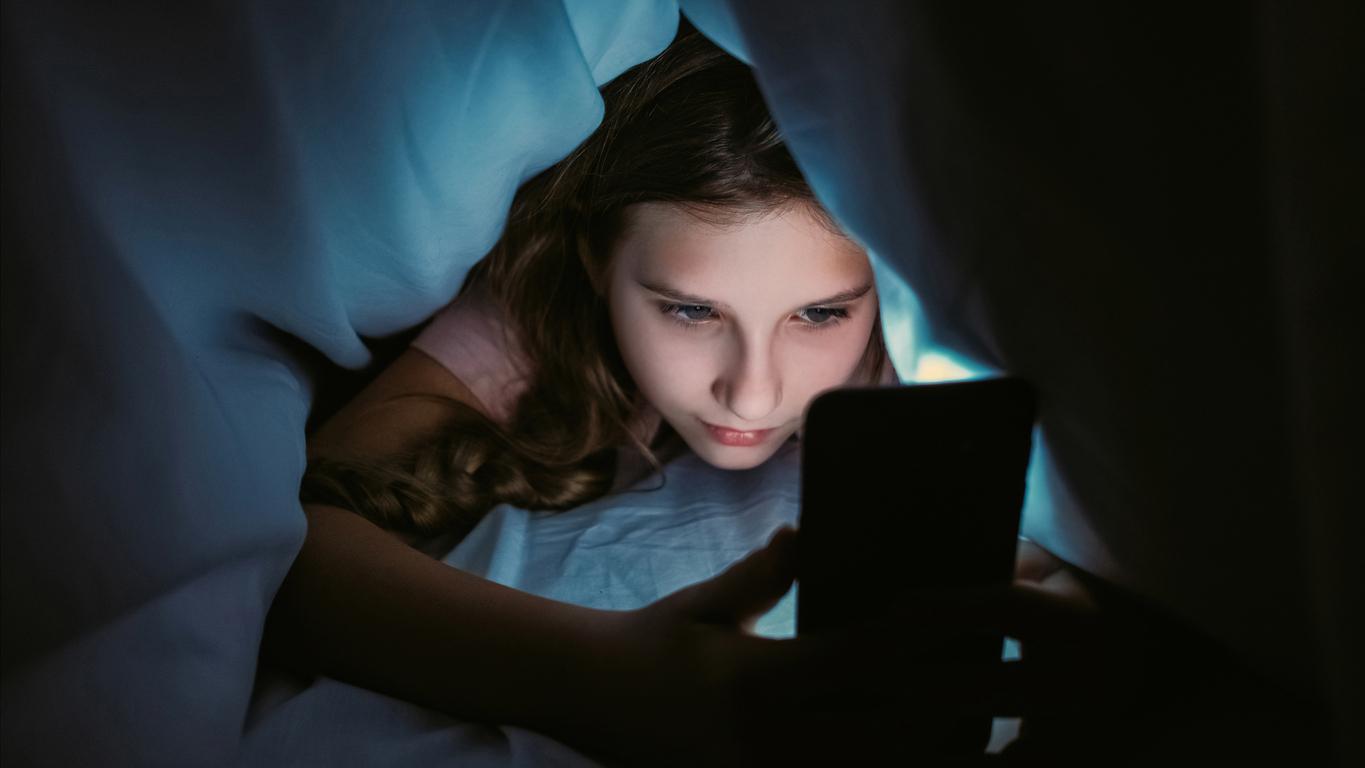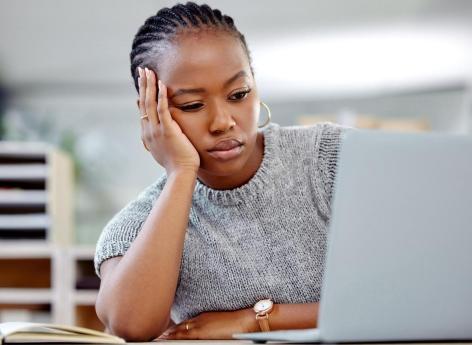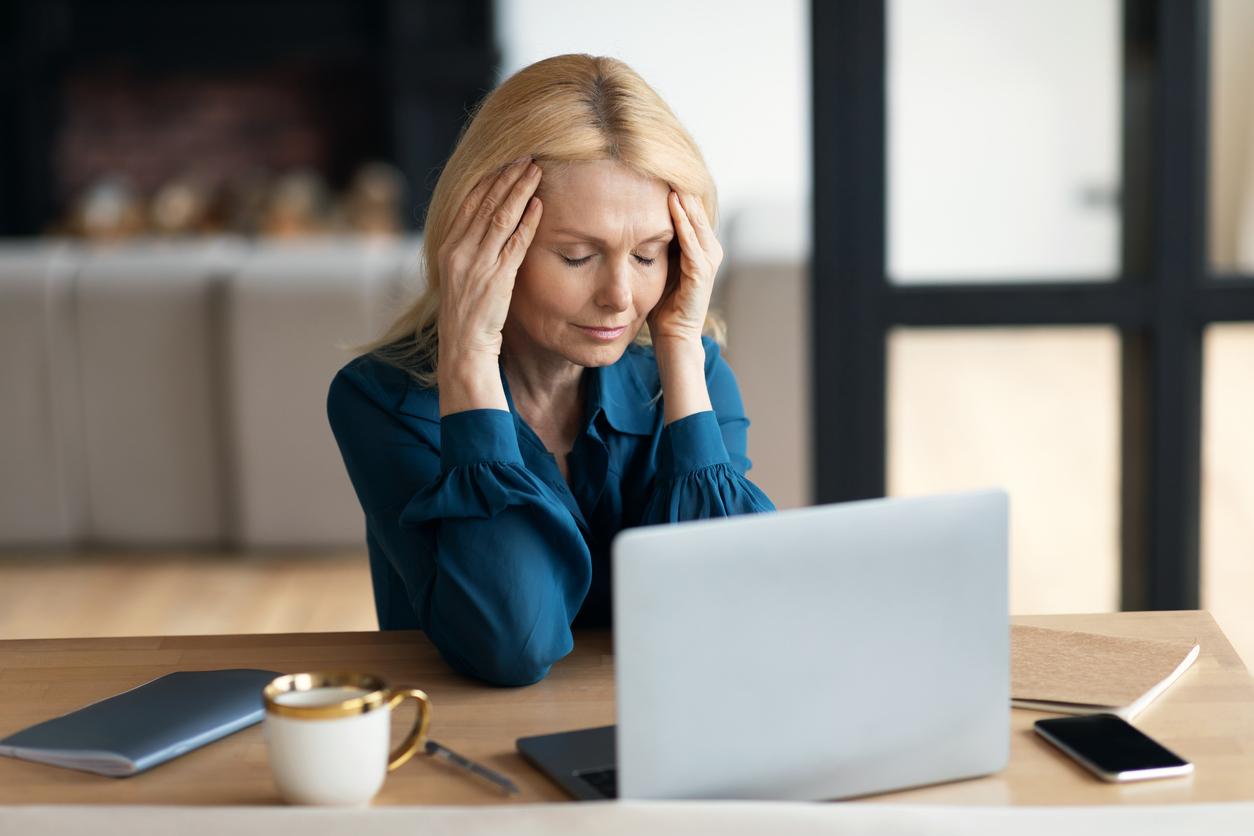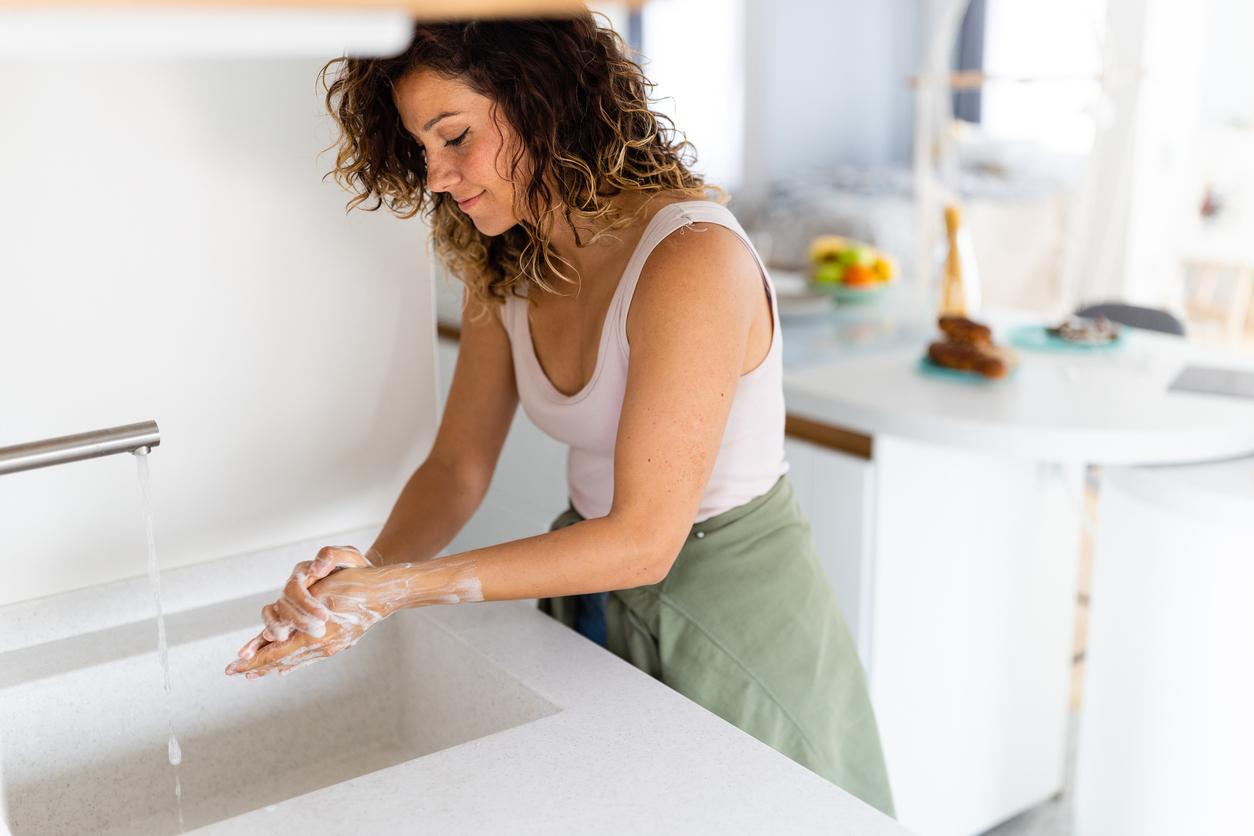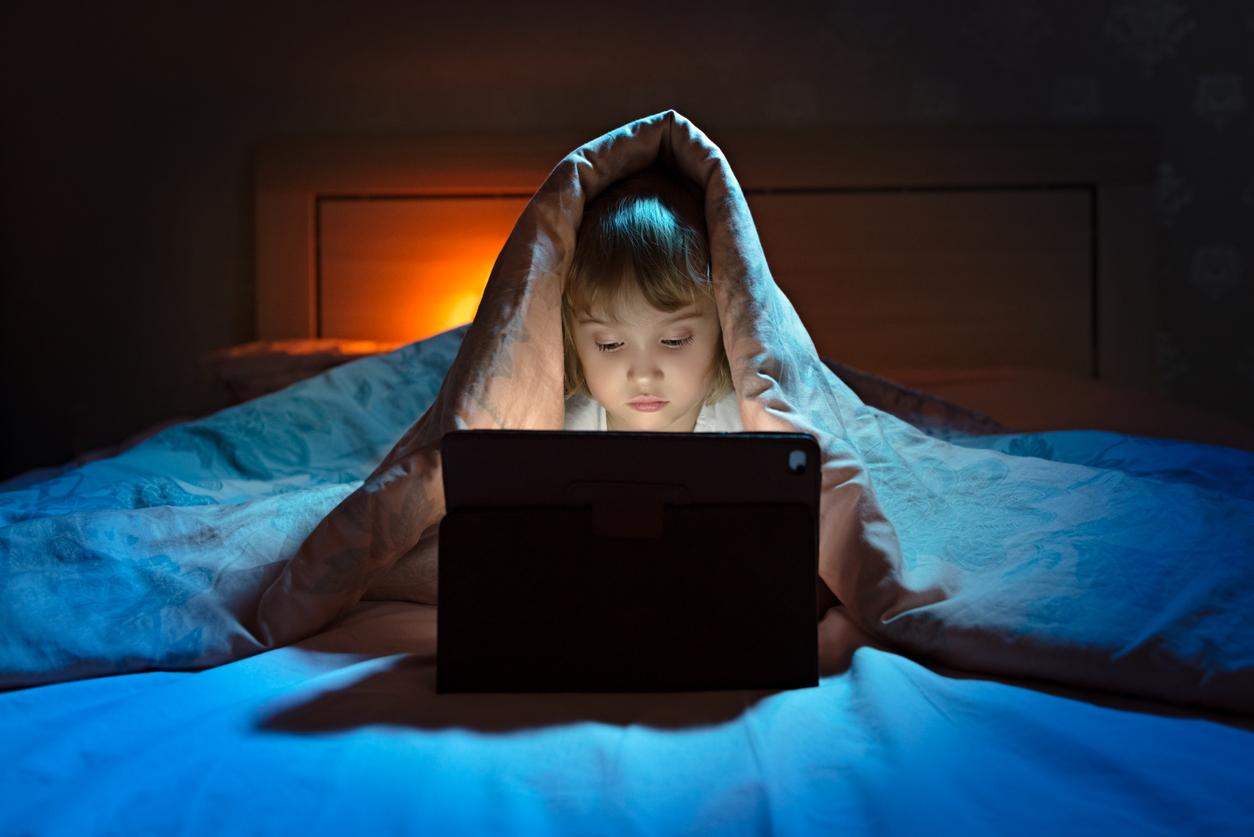The screen is now an integral part of our working environments, sometimes with harmful consequences for the body. How best to prevent them?
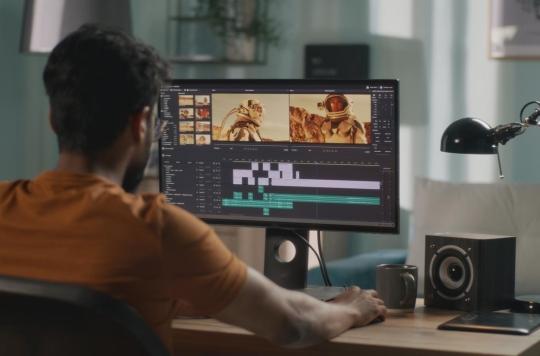
- It is estimated that the average screen time of adults in France is 4.5 hours a day, according to Public Health France.
- The WHO now recommends limiting screens to one hour a day for children aged 2 to 5, or even banishing them for children under 2 years old.
“Work is health”, sang Henri Salvador in 1965, not without a hint of irony. If, in general, professional activity indeed makes it possible to stimulate us on a daily basis, it is still necessary to organize ourselves well so that it is not harmful in the long term for our health, both physical that mental. And, at a time of tertiary trades and the digital boom, it is through the prevention of screens that this happens. Here are some techniques to optimize your office to less spoil your health.
Adapt your workstation to yourself
The first thing to do is to arrange the computer screen according to the environment. For example, it should be installed perpendicular to the windows to prevent the sun’s rays from reflecting on the interface and exhausting us unnecessarily. Another trick related to light: adjust the brightness of the PC screen according to the lighting of the office, to prevent our eyes from making an unnecessary effort. The darker the room, the lower the brightness should be.
Next comes the sitting position. The top of the monitor should be at the same height as our retinas, with the aim of directing our gaze downwards when we look at the screen: this will avoid overstressing the optic nerves. According to the National Research and Safety Institute for the Prevention of Occupational Accidents and Diseases (INRS), your eyes must also be at a good distance from the screen, between 50 and 70 centimeters depending on its size.
Take screen breaks for your retinas
Giving your eyes a break limits the impact of the screen. To do this, one can in particular follow the Pomodoro method, established by the Italian Francesco Cirillo at the end of the 1980s. The principle is simple: throughout the day, alternate a period of intense work of 25 minutes with a short 5 minute screen-free break; and once every four cycles (about every two hours), take a slightly longer break of at least a quarter of an hour. It helps to rest the eyes and boost the intellect, but also well-being. Not to mention that these ocular intermissions could well protect you from certain musculoskeletal disorders, as we explained here.
Another proven technique: that of 20-20-20. As soon as you spend hours in front of your screen, get into the habit of looking up every 20 minutes and staring at a point 20 meters (or less) away from you for 20 seconds. You will have understood: 20 minutes, 20 meters, 20 seconds.
What about blue light?
Numerous studies have shown that overexposure to blue light emitted by screens (among other things) can cause problems with eyestrain or headaches, not to mention the harmful effects on our biological clock and our sleep, and therefore our mental health. How to guard against it?
Blue light blocking glasses have a reputation for filtering out light wavelengths that are toxic to the retina. But, although she can sometimes helpthe protection is only partial, if not downright ineffective, according to a recent study. Further research should be carried out with experimental conditions more representative of the average time adults spend on screens (nearly 5 hours a day, according to Public Health France). As for filters built into computers, they would be even less effective. Finally, the best way to protect yourself from blue light is to limit your screen time, by using paper as much as possible in your work, for example.
And, to avoid the temptation of the screen in general (at work, in transport, in bed…), each of us can self-discipline thanks to the “4 steps” method, initiated by the psychologist Sabine Duflot and advised by the public prosecutor : no screen in the morning, not during meals, not in the bedroom and not before going to bed!









